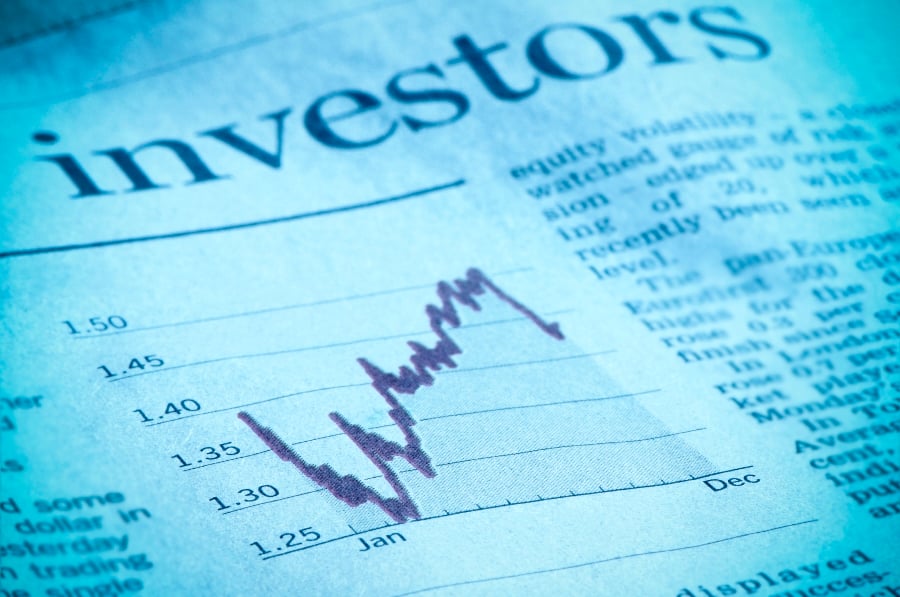A return to volatility in the stock market has investors jumping into financial products that promise a smoother ride. The steady increase in the size of daily swings in the S&P 500 since late November has sent $2 billion into exchange-traded funds designed to reduce volatility. That's a 15% rise in assets in the first five weeks of the year.
And so far, the ETFs are all beating the markets they track.
These low-volatility ETFs are one of the most successful categories under the so-called smart-beta umbrella. "Smart beta" is the buzz phrase used to describe ETFs that screen or weight the stocks in their portfolios on such things as dividends, sales or volatility. That veers from the standard practice of weighting a portfolio by market capitalization. There are 15 of these ETFs, with $16 billion in assets. The product didn't exist five years ago.
(More: S&P 500 closes in on a record as rally returns)
The appeal of the low-vol approach is the promise to take the edge off investing in everything from large caps, midcaps, small caps, emerging markets and developed markets. These ETFs hold stocks that have smaller price swings than those in the broad market. That means the stocks in their portfolios won't go up as much as other stocks in a rally, but they also won't fall as hard as others in a drop.
There are two main kinds of these low-stress ETFs. The fairly simple version is the PowerShares S&P 500 Low Volatility Portfolio (SPLV). The $5.6 billion ETF holds the 100 least volatile stocks in the S&P 500 and gives the highest weightings to the stocks with the least volatility. This leaves the fund with a massive concentration in one or two sectors, typically utilities or industrials. Right now, though, financial stocks have the biggest weighting, at 33%. SPLV charges investors 0.25% in annual fees.
(More: The latest ETF data and insight)
The more complicated version of this product is the $4.5 billion iShares MSCI USA Minimum Volatility ETF (USMV). This one is aimed at investors who want a low-volatility version of the broad stock market but want more standard sector weightings. To do this and keep overall volatility low, USMV tries to pick a portfolio of stocks whose movements neutralize each other. Its financial sector allocation is 16%, in line with popular indexes such as the S&P 500. The ETF charges 0.15% in annual fees.
So far, low-volatility ETFs have delivered on their promise to provide a smoother ride in a low-cost, convenient package.
(More: Fund managers warned on exotic ETFs)
SPLV and USMV are both less volatile than the markets they track. Without going into wonky volatility statistics, they're both about 15% less volatile than the S&P 500. They've also returned about the same as the S&P 500: In the past two years, USMV and SPLV are both up 60%, compared with 62% for the S&P 500.
In short, these ETFs will go up less, and down less, than the market they track. A recent example of how that plays out is from the summer of 2011. Back then, the European debt crisis rattled U.S. stocks, and the S&P 500 lost 11%. SPLV lost just 5%. The flip side? In 2013, when the stock market was on fire and the S&P 500 returned 33%, SPLV had a 23% return.
One area where low-volatility ETFs have had sustained success beating the broad market is in emerging markets. Emerging markets have been shaky, to say the least, over the past few years, with investors moving toward safer stocks. Against that backdrop, the iShares Emerging Markets Minimum Volatility ETF (EEMV) is up 15% in the past three years; the iShares Emerging Markets ETF (EEM) is down 2%. If there is a big rally in emerging markets, however, EEM will outperform its low-volatility peer.
That leads to a good rule of thumb on all smart-beta ETFs: Convenience is guaranteed, and outperformance is a bonus. Investors who will be upset if their ETF is up only 15% while the market is up 23% shouldn't buy these products. But if an investor is OK with a smaller upside in exchange for a smoother ride and less pain when stocks fall, these products can be good shock absorbers.







